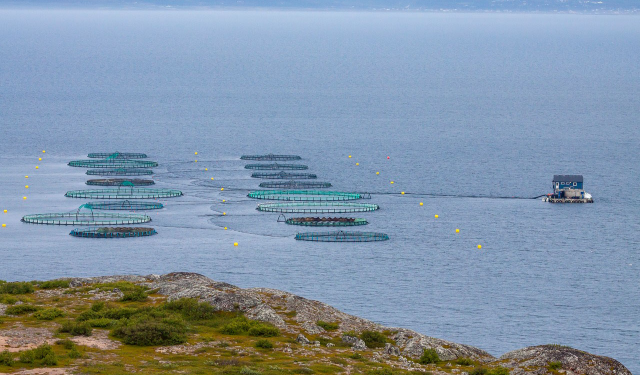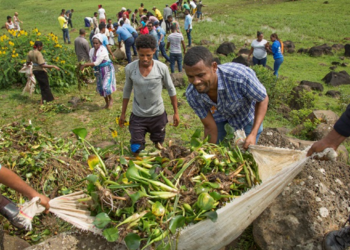Global aquaculture: outlook and challenges 2023 – The second half of 2023 is shaping up to be a challenging period for the global aquaculture industry, marked by several factors affecting the demand and supply of seafood products. Following the peak of the pandemic in 2020, weakened demand and the El Niño trend, which has driven up fishmeal prices, are putting the industry under strain.
Although salmon prices have largely returned to normal levels, they still remain high compared to historical levels. However, the situation is different for shrimp, demand for which is declining and may even worsen in the second half of 2023, particularly as Chinese demand subsides.
In addition, the effect of El Niño and high fishmeal and fish oil prices are preventing aquatic feed prices from correcting as one would have expected, considering the lower prices of soybean meal.
On the demand side, weak demand, driven by inflation in the US and Europe, is affecting both salmon and shrimp. China, an important market for fish products, is recovering from the pandemic at a slower pace than expected, affecting protein prices and generating high stocks.
However, demand for fishmeal and fish oil still seems to be robust, but high prices are forcing many to ration and look for alternatives.
On the supply side, the third quarter will see an increase in salmon supply, after almost two years of contraction. In the case of shrimp, the Asian industry is facing a difficult period due to oversupply caused by Ecuadorian growth.
In conclusion, the second half of 2023 represents a significant challenge for global aquaculture, with a complex picture of economic and environmental factors affecting prices and demand for seafood products. Industry players will need to address these challenges and find innovative strategies to ensure the sustainability and prosperity of the industry.
Here for full details of the Rabobank report
Global aquaculture: outlook and challenges 2023









